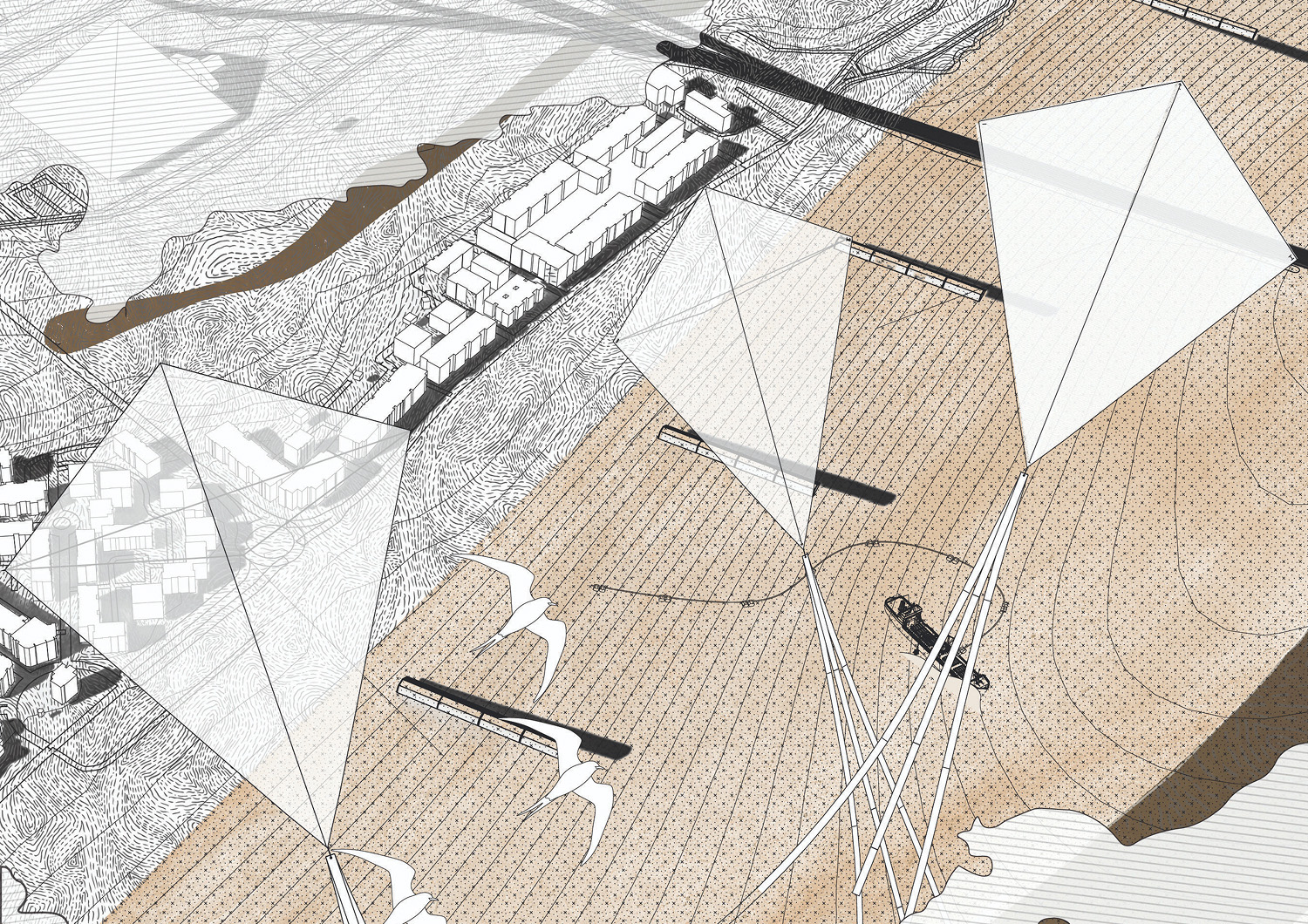Students in the College of Architecture and Design headed west to Memphis during the fall to learn more about the state’s second-largest city.
With well-established design studio engagement in Nashville, Chattanooga, and Knoxville, students from all four schools—architecture, design, interior architecture, and landscape architecture—have historically been involved in gaining a better understanding of East and Middle Tennessee. The college’s recent interest in establishing a more sustained study of Memphis is giving students a new perspective on place and what it means to learn from a multitude of urban conditions across the state of Tennessee.
The experience, which involved three design studios, provided an opportunity for students to investigate a region they are not as familiar with, overcoming the distance between campus and Memphis. To initiate their work, students, faculty, and administrators heard from local design professionals, municipal leaders, and members of the city’s creative class.
These first-person stories of the formal and cultural history were paired with fieldwork and direct student experience of the conditions on the ground in the city. The immersion gave students the depth of experience needed to make their speculative design projects truly research intensive.
“Our studio was focusing on adaptive reuse of buildings,” says Gabriella Cassius, a Memphis native and fifth-year architecture student. “They were in areas that weren’t being utilized well.”
Cassius says the architecture studio, led by Assistant Professor Frances Hsu, spent a lot of time familiarizing themselves with the area by walking downtown taking stock of the range of urban conditions, conducting research into the changes in the built fabric over time, and drawing maps and diagrams that helped them reflect on what they were learning.
“The work of the landscape architecture studio sought to address future climate conditions for the city of Memphis,” says Andrew Madl, an assistant professor in the School of Landscape Architecture. “The college is engaging with the city through landscape architecture, architecture, and interior architecture to explore how these disciplines can provide opportunities, agency, activism, and planning for the city through design.”
One such project the students explored involved the Memphis Brooks Museum of Art building. A new 122,000-square-foot building being constructed on the riverfront left the museum’s former home empty. Students researched ways to use the old building, considering what upgrades could make it more useful to the future of the city.
One of the local architects with whom the students were directly engaged was Memphis native Barry Alan Yoakum (’78), who was part of the impetus for this interdisciplinary engagement. He felt it was important to bring the university and the research to the city he loves.
“Memphis is the intersection of America. We are the center. Period. There is no question. It’s the intersection between the major river through the United States, I-40, and the railroad system,” says Yoakum, who is cofounder and CEO of archimania architecture and design firm in Memphis.
With Memphis being at higher risk of severe weather events and located in the highest seismic zone east of the Rocky Mountains, speculating on the city’s future can offer many lessons for how designers engage the future in all cities. Yoakum’s professional work takes aim at creating resilient and sustainable designs in the tough climate of the South. His own house, Civitas, was the first project in the world to be a dual-certified Zero Energy and Zero Carbon building by the International Living Future Institute.
Jason Young, dean of the college, hosted an exhibition at the end of the semester inviting UT students to have a dialogue with designers, members of the community, and municipal leaders including Mayor Paul Young (’02).
“This semester has been a great opportunity for students to learn from Memphis and from those who are wrangling with its complexity,” says Young. “It is a distinct honor to then share that work and project the energy back to those who helped inspire the design research.”
The college hopes that this studio immersion is the beginning of a sustained relationship with Memphis and the design community there in order to continue seeking a greater understanding of Memphis’ environmental, geographic, and economic histories.



